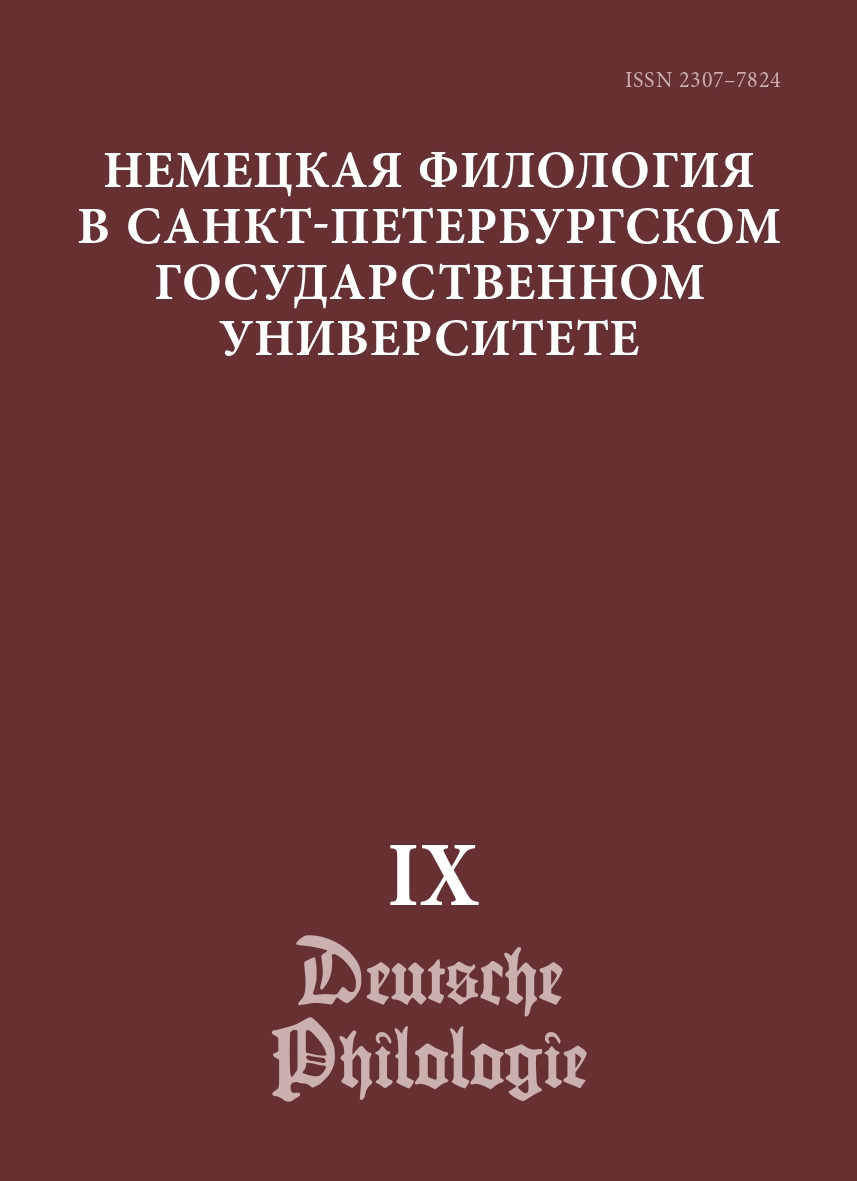DIALOGUE BETWEEN EXISTING AND NEW KNOWLEDGE: STRATEGIES OF PRECEDENT SCIENTIFIC KNOWLEDGE OPERATION
Abstract
The article analyzes the communicative potential of the segments of the wellknown, precedent linguistic knowledge in the scientific argumentation structure. The intertextual semantic interaction of various epistemic types of knowledge is evaluated as a projection of the researcher´s dialogue being modeled, absentee with the representatives of the professional community he identifies himself with and seeks to gain professional authority. The starting point of the linguistic analysis of thematic discourses is the proposition that precedent knowledge as a general background information about an object is known to all specialists in a given subject area and therefore, from an informative point of view, is redundant. It is established that the connection of well-known and generally accepted knowledge to the process of argumentation and formulation of research results is motivated pragmatically. The methods of operating such knowledge segments are considered as communicative strategies aimed at solving of various current tasks by the researcher such as to stimulate the continuation of scientific discussion, to articulate personal contribution to solving a problem, to supplement or revise generally accepted provisions, to use an authoritative methodology as a basis for personal analysis.
Keywords:
scientific communication, communicative strategy, precedent knowledge, markers of scientific precedence, hypothetical knowledge, linguistic discourse, thematic discourse, discourse coherence
Downloads
Downloads
Published
How to Cite
Issue
Section
License
Условия передачи авторских прав на статьи и рецензии, опубликованные в ежегодном периодическом издании «Немецкая филология» регулируются условиями Лицензионного Договора автора с Санкт-Петербургским государственным университетом. В соответствии с Лицензионным Договором опубликованные материалы находятся в открытом доступе, а авторам бесплатно предоставляется неограниченные возможности их распространения и самостоятельного архивирования.




